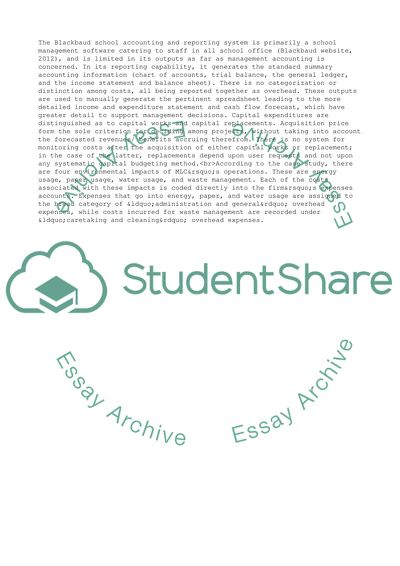Cite this document
(Managerial Control Systems Assignment Example | Topics and Well Written Essays - 2250 words, n.d.)
Managerial Control Systems Assignment Example | Topics and Well Written Essays - 2250 words. Retrieved from https://studentshare.org/management/1452404-managerial-control-systems-take-home-exam
Managerial Control Systems Assignment Example | Topics and Well Written Essays - 2250 words. Retrieved from https://studentshare.org/management/1452404-managerial-control-systems-take-home-exam
(Managerial Control Systems Assignment Example | Topics and Well Written Essays - 2250 Words)
Managerial Control Systems Assignment Example | Topics and Well Written Essays - 2250 Words. https://studentshare.org/management/1452404-managerial-control-systems-take-home-exam.
Managerial Control Systems Assignment Example | Topics and Well Written Essays - 2250 Words. https://studentshare.org/management/1452404-managerial-control-systems-take-home-exam.
“Managerial Control Systems Assignment Example | Topics and Well Written Essays - 2250 Words”, n.d. https://studentshare.org/management/1452404-managerial-control-systems-take-home-exam.


